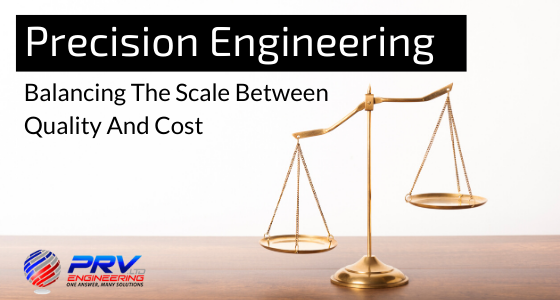Mechanical engineering is one of the oldest and broadest disciplines that combines engineering physics and mathematical principles with materials science. It involves the design, analysis, manufacture and maintenance of mechanical systems.
The fundamentals of mechanical engineering go back thousands of years, emerging as a field during the Industrial Revolution in Europe. It continued to evolve and, today, mechanical engineers are involved in areas such as composites, mechatronics, and nanotechnology.











Recent Comments